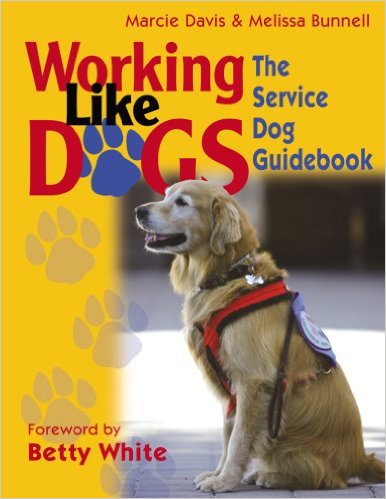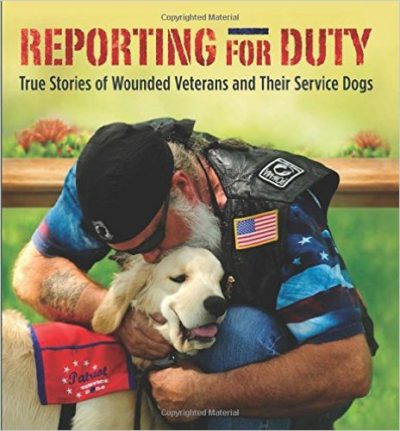
I saw a news item the other day in the New York Post about Hollywood celebrity Candy Spelling (mother of Tori and widow of TV producer Aaron) bringing her dog, Madison, a Wheaton Terrier, into a New York restaurant wearing a “service dog jacket.”
Is this dog really trained and certified as some type of assistance dog? I really have no way of knowing, but hearing about this incident just reminded me of how more and more I’ve been hearing about people trying to pass off pets as assistance animals.
I’ve even had friends ask to borrow my assistance dog’s backpack so they might be able to bring their pet to some event or into some business. I’ve always said, “Sorry, but no.”
It’s an image and reputation thing. If your pet has not gone through the rigorous training that “real” assistance dogs must obtain, he or she probably won’t be able to behave well enough in public. It’s hard for us who really rely on our assistance animals to condone your desire to have your pet with you everywhere. No matter how much you love them, you really don’t require them the way we do.
For over 75 years, Assistance Dogs have worked successfully in public and won the public’s acceptance by achieving high behavioral and training standards, which set them apart from pets and other animals. Assistance Dogs International, Inc. publishes minimum standards for assistance dog training programs to ensure the highest level of quality in assistance dog performance.
An ill-behaved “pretend” assistance dog gives all the real ones a bad reputation. If there are any incidents, it just makes people feel justified in denying access to a dog in the future, whether it is truly a trained assistance animal or not.
But it’s hard to know which dogs are “real” and which aren’t. If a business owner or someone else suspects that a dog is not really an assistance dog, but just a pet, what are they to do?
Not all people with disabilities are easy to visually identify. It’s not always people with guide dogs out there or those of us in wheelchairs these days. Think about the military veterans with PTSD and their dogs. Or those with hearing loss or autism. Can you tell if the man, woman or child with the dog is truly disabled and if their dog is truly an assistance animal?
What if a business owner confronts someone and they’re wrong? Or what if the customer makes a scene, even if their dog is really a pampered pet. Is the customer always right, no matter what?
People can train their own dogs, too, according to the Americans with Disabilities Act, so who certifies or decides which assistance dogs are genuine and which are fakes?
Here’s my fear: Passing your pet off as an assistance dog not only gives the real ones a bad image, it might jeopardize the hard-won rights of people who really need assistance dogs. If there are enough bad incidents, will someone try to enact legislation changing the access laws?
I remember back in the early 90s, three years after the ADA was enacted, when I got my first service dog, Ramona. I was stopped a lot and told things like, “You can’t bring that dog in here.” Nowadays I feel more confident traveling in my state and across the US, but I don’t want things to revert back due to the issue of pseudo assistance dogs.
This is a very real issue that I feel really needs to be discussed. I’d love to hear your thoughts.
Here’s an article on the topic that just came out on Disability Scoop and another article from the Wall St. Journal. We discuss assistance dog standards in our book Working Like Dogs: The Service Dog Guidebook.





